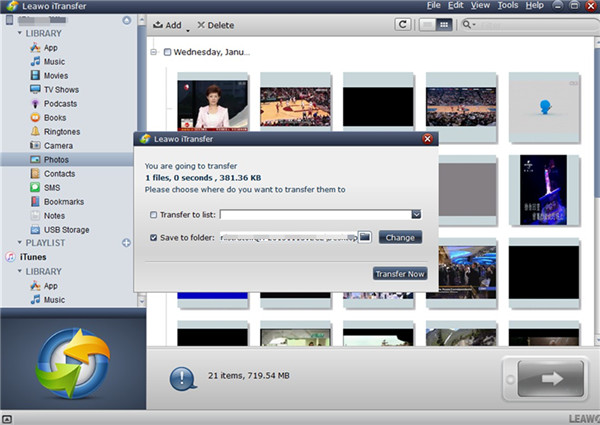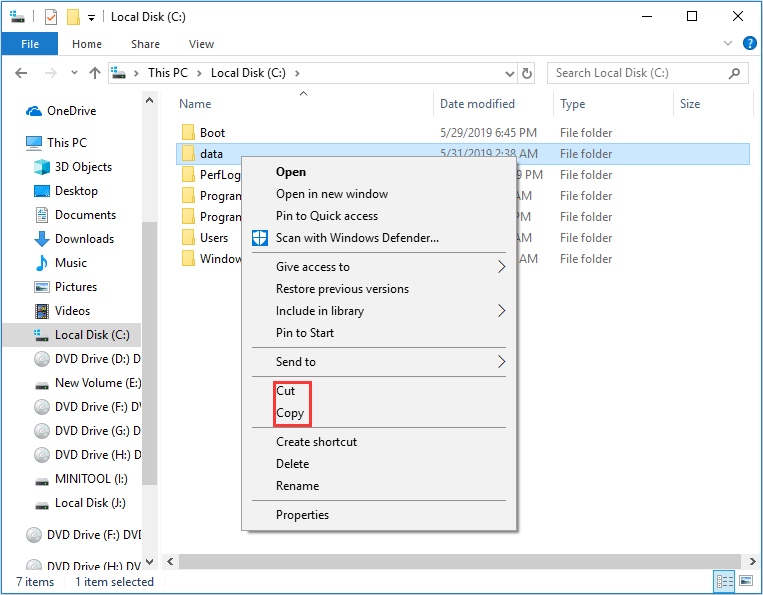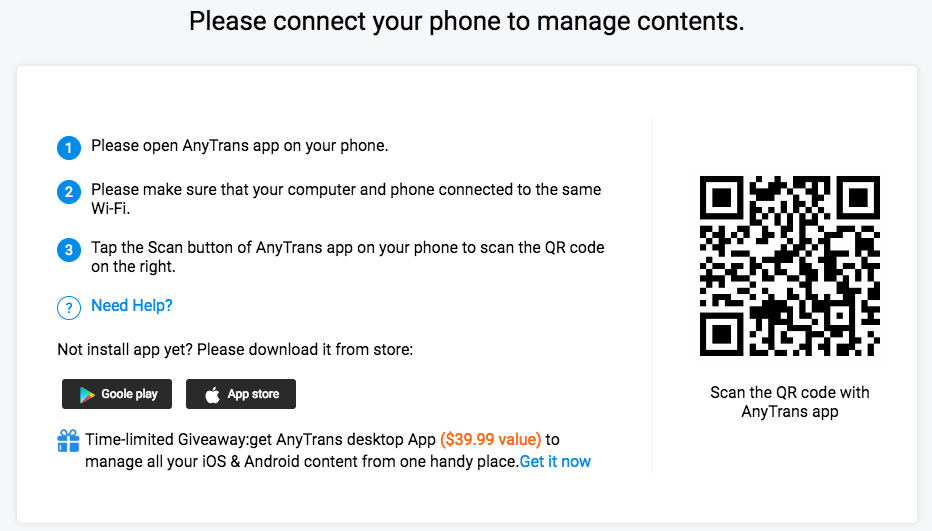- How To Select Different Photos For Transfer To Flash Drive On Mac To Ntfs
- How To Select Different Photos For Transfer To Flash Drive On Mac For Pc
- How To Select Different Photos For Transfer To Flash Drive On Mac Air
- How To Select Different Photos For Transfer To Flash Drive On Mac On Microsoft
- How To Select Different Photos For Transfer To Flash Drive On Mac Catalina

If you need your files to be stored somewhere outside of your Windows 10 computer for safekeeping, a flash drive is a good option. Follow these simple steps to copy files to or from a flash drive:
- Insert the flash drive into one of your computer’s USB ports.
Laptops, like cameras, often have a slot for a memory card. Want to turn your memory card into a flash drive? Simply buy a device called a dedicated or single-purpose memory card reader. Strictly speaking, a multipurpose card reader also works, but multicard readers cost more and are often larger than single-card readers. In addition, a dedicated memory card reader doesn’t need a cable to connect a camera to a computer. You can just download your pictures to your hard drive from the card.
- If Windows 10 displays a notification when you insert the flash drive or memory card, select Open Folder to View Files, which will open File Explorer on the desktop. If File Explorer doesn’t open automatically, go to the desktop and then select the yellow folder icon in the taskbar to open File Explorer.
- In File Explorer, navigate on the left to the folder that contains the files you want to copy. Select the folder.
- On the right side of File Explorer, select the folder or file you want to copy.If you see a check box to the left of each object you want to copy, you can select each check box to copy multiple files simultaneously.
To select every object on the right simultaneously, use the Select All button on the Home tab. You can also select the files you don’t want to copy and then use the Invert Selection button on the Home tab; deselected files become selected and vice versa. You can select files in other ways as well.
- The keyboard shortcut to select all files in File Explorer is Ctrl + A.
- In the Ribbon, select the Home tab and then select the Copy To button. Select Choose Location from the menu that appears.
You can move files if you want them gone from their original location. To do so, select the Move To button. Follow the remaining steps, but substitute the word Move for Copy.
- In the Copy Items window, under the This PC heading, locate the flash drive or memory card.The drive will not be Local Disk (C:), where Windows 10 resides. Select the removable flash drive or memory card to which you want to copy the files and then select the Copy button. If the files copy quickly, you may not see any indication of progress; otherwise, a progress bar is displayed until copying is complete.
If you select your user name in the Copy Items dialog box, you may see OneDrive listed in the expanded list. Files you copy to OneDrive are automatically copied to the cloud and to linked computers.
- If you copy a file that is already on the destination disk, the Replace or Skip Files window appears. (Perhaps you’re copying a newer version of a file you copied before.) Note the available options:
- Replace the File in the Destination: Selecting this option replaces one file with another. Be certain that you don’t need the replaced file (as you might if you want to keep different versions of files).
- Skip This File: Selecting this option does nothing with this file.
- Compare Info for Both Files: Selecting this option opens another window in which you can select files on the left to replace those on the right, and select files on the right to keep. Selecting the same file on the left and right creates a second file with a number added to the name, such as myfile (2). This option enables you to have the original and the new file.
- Select one of the previous options. If you selected Compare Info for Both Files, select the files to replace or skip, and then select the Continue button.You may or may not see a progress indicator, depending on how quickly the files are copied.
- Confirm that the copy worked by navigating on the left to the location you selected as the destination in Step 6.If the files are there, congratulations; you’re done. If not, try Steps 4 through 6 again.
- Remove the flash drive or memory card you inserted in Step 1. You’re good to go.
If you have files or folders that you’d be devastated to lose, follow the steps in this task to create backup copies of those items on a portable storage device. Then keep that device in a safe place.
To copy files from a flash drive or memory card, follow these same steps but select the flash drive in Step 3 and the folder or other destination to which you want to copy or move files in Step 6.
On a Mac with Apple silicon: Press and hold the power button until you see “Loading startup options.” If you’re using a Mac Mini, wait for the system indicator light to turn amber. When you see the available startup disks, select one, then click the Up arrow (on Mac) or Continue button (on Mac with Apple silicon.).

iCloud Drive is a secure place to access all of your photos, videos and documents from Mac, Windows PC and iOS device. It allows you to store any type of file in your account. There is no restriction on file type, so you can keep all of your photos, videos, projects, presentations and more across all of your devices. To do so, you need to enable iCloud on all your devices.
Transfer photos, pictures, videos and other files from Android to computer with flash drive. Plug the USB flash drive directly into an available USB port. Note: You will see 'USB Drive' in windows explorer. Navigate to the files on your computer that you want to transfer to the USB drive 3. Select the file you want to transfer 4. Click and hold file to drag it to the USB drive. Using Mac OS X 1. On the left side of the window is a selection of file types including Music, Videos, Contacts, and more. Since our goal is to transfer iPhone photos to flash drive, select Photos. This should prompt the tool to scan for files belonging to the selected file type. Transfer iPhone Photos to Computer.
Here are the steps to Transfer Photos and Videos from iPhoto to iCloud Drive on Mac:
How To Select Different Photos For Transfer To Flash Drive On Mac To Ntfs
- Open 'iPhoto' on your Mac.
- Select photos and videos which you want to transfer.
- Click 'File' tab.
- Select 'Export' option.
- A 'Export' window opens up.
- Select the file type in Kind, File Name, Subfolder Format and more.
- Click 'Export' button.
- Choose 'iCloud Drive' folder.
- This way you can transfer photos and videos from iPhoto to iCloud Drive on Mac.

How To Select Different Photos For Transfer To Flash Drive On Mac For Pc

How To Select Different Photos For Transfer To Flash Drive On Mac Air
